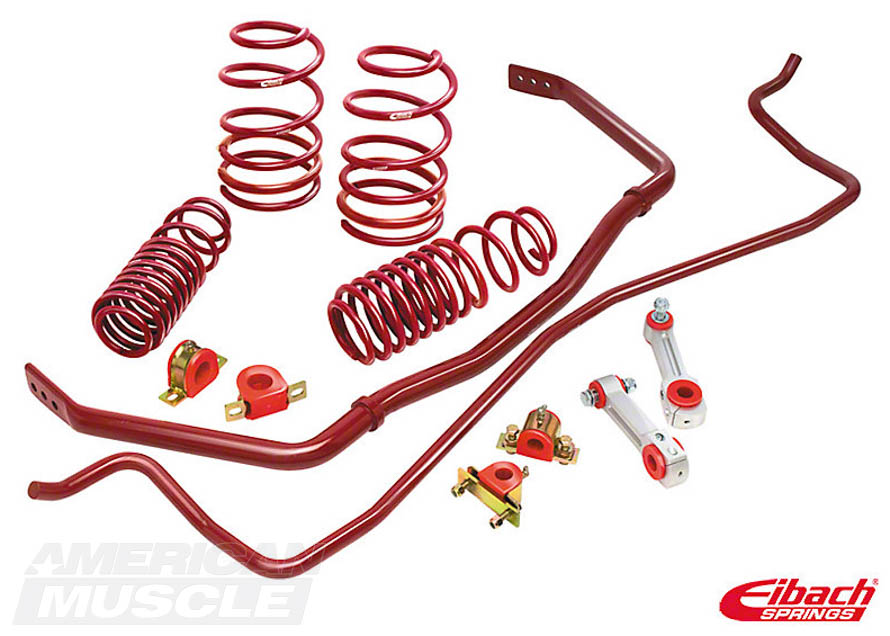In some handling kits, coil over systems may be part of the deal. These systems transform the Challenger into a handling machine. They can do this by themselves and warrant a little more attention than some of the other parts. Factory coil spring systems are a bit sluggish for precision driving. Even with stiffer coil springs and a lower ride height, they leave more to be desired. Coil over systems are as good as it’s going to get with a Challenger.
Coil overs are a system that wraps the coil spring around the strut. In fact, coil over is short for “Coil over strut.” Now, considering Challengers come equipped with struts with springs on them from the factory, you might be wondering if this upgrade is even worth it. Struts differ greatly from coil overs though.
The biggest characteristic of coil overs that separates them from the factory struts is the amount of adjustments you can make with them. Not only can you raise and lower the ride height of your Challenger, you will get to finely tune the spring rate. Perfect for Challengers subjected to track use. Drivers can feel out exactly what the suspension is doing in particular conditions and tune it accordingly.
It’s worth noting that although this type of upgrade is great for performance, it’s not exactly ideal for comfort. Before dumping a ton of money into coil over systems you need to consider how stiff the ride may be. Sure, they can be adjusted for comfort, but these kits are precise and may not always agree with the rules of the road. If you have a lot of track time in mind, go for it. If you plan to drive your Challenger around town more than you do on the track, you may want to consider sticking with the factory style coil spring set up.
The installation of a coil over system will require the removal of the factory coil springs since the coil overs replace them. It’s also worth noting they will use custom brackets considering they won’t bolt into the same points as factory struts and shocks on your Challenger. The good news is the only specialty typically required will be tools for retaining coil springs as they are being removed. Seriously though, those things can kill you so it’s worth mentioning it twice.

